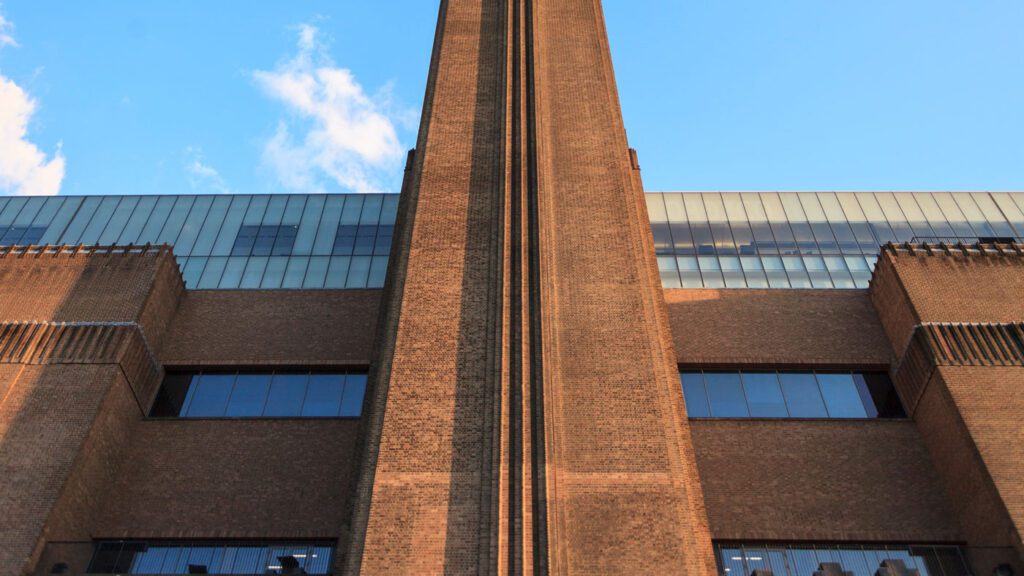Author
The recent Supreme Court decision in Fearn & Ors v Board of Trustees of the Tate Gallery: [2023] reaffirmed the principles of private nuisance and found that “visual intrusion” may give rise to liability.
Background
The Blatvatnik building, part of the Tate Modern Art Museum (“the Tate“), boasts 360-degree panoramic views from its viewing gallery. Residents in a local development (“the Claimants“) complained that Tate visitors had a direct view from the viewing gallery into their living area.
Trial
The trial judge, Mann J, found that:
- the extent of the viewing into the Claimants’ flats was a material intrusion into the privacy of their living accommodation; and
- intrusive viewing from a neighbouring property can in principle give rise to a claim for nuisance.
However, he concluded that the intrusion experienced by the Claimants did not amount to a nuisance, as the Tate’s use of the top floor as a public viewing gallery was reasonable. As such, the Claimants were responsible for their own misfortune, as they:
- bought properties with glass walls; and,
- could take measures to protect their privacy (for example, lowering their blinds or installing net curtains).
Appeal
The Court of Appeal found that the principles of nuisance were incorrectly applied to the facts of this case and that the claim should have succeeded. However, the appeal was dismissed on the ground that “overlooking”, no matter how oppressive, cannot count as a nuisance.
Supreme Court Decision
In addition to restating the principles of private nuisance (which, although helpful, we shall not go into here), the Supreme Court overturned the Court of Appeal’s decision, finding that “visual intrusion” can count as an actionable nuisance.
Lord Leggatt found that Mann J had used the wrong test as to the use of the viewing platform. The correct test was not whether the use of the platform was unreasonable, but whether it was common and ordinary. He distinguished this case from a normal overlooking case, stating that the “unusually intrusive degree of visual overlooking of the claimants’ flats by large numbers of people” is an intense visual intrusion, and such is an actionable nuisance.
Lord Leggatt found it unreasonable for the Claimants to have to take steps to protect their own privacy.
The development of “visual intrusion” as a nuisance is one to watch, particularly in relation to overlooking cases between neighbours in less high-profile circumstances.
Print article

